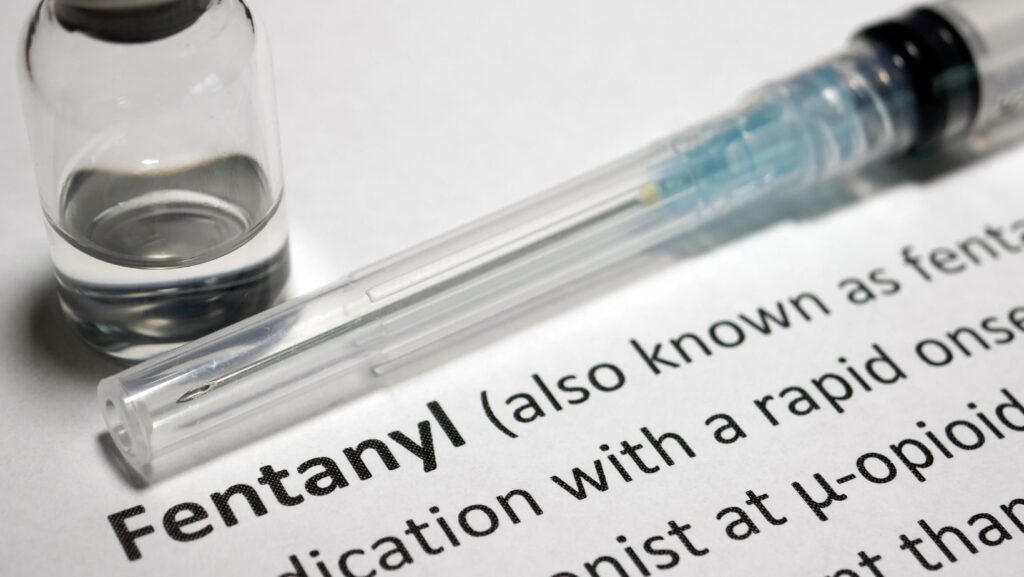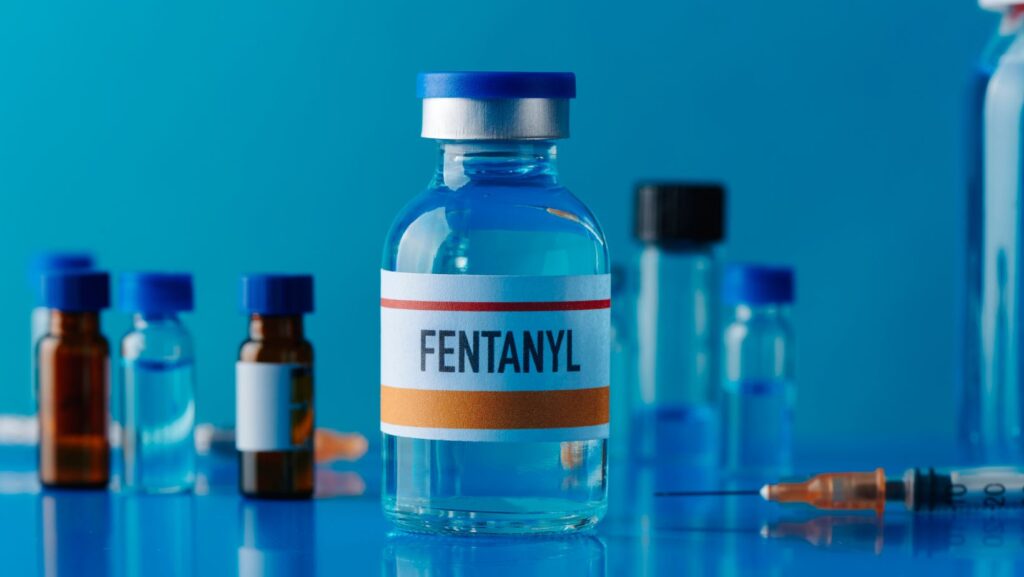The fentanyl era has reshaped the overdose landscape across the United States. What began as a medical pain management tool has spilled into the illicit supply, where potency, unpredictability, and contamination have accelerated fatality rates. Families, schools, workplaces, and first responders are navigating a reality where a single, unseen additive can turn experimentation—or routine use—into a medical emergency. While the scope of the problem is national, the solutions live closest to home. Cities, towns, and neighborhoods can blunt fentanyl’s impact by combining clear education, harm-reduction tools, and low-friction pathways to care. When these pieces work together, communities save lives and rebuild hope.
What Makes Fentanyl Different
Fentanyl’s extreme potency increases the risk of respiratory depression in minutes, sometimes seconds. Unlike older patterns of opioid misuse, today’s overdose spikes are often driven by people who didn’t intend to use an opioid at all. Counterfeit pills mimicking pain relievers or anti-anxiety medications, or stimulants contaminated during production, can carry enough fentanyl to overwhelm an unprepared body. That unpredictability is why consistent messaging, fast recognition of overdose signs, and ready access to reversal medication are essential in any local strategy.
How Fentanyl Shows Up Locally
Every community sees a different mix of variables: shifts in the street supply, seasonal spikes, youth experimentation with pills sourced via social channels, and adult use complicated by economic stressors. Local leaders can improve responses by mapping where overdoses cluster, who is being affected, and which settings—campuses, nightlife areas, workplace corridors, or transportation hubs—need targeted outreach. That map should inform where to place naloxone, how to train people to use it, and which organizations are best positioned to reach specific groups.
Immediate Steps Anyone Can Take
- Learn the signs of an opioid overdose
Slow or stopped breathing, pinpoint pupils, unresponsiveness, choking or gurgling sounds, and a blue or gray tinge to lips or fingertips are urgent red flags. Trust your instincts and act fast. - Carry and use naloxone
Naloxone can rapidly reverse opioid effects when given promptly. Training takes minutes, and many formulations are easy to administer. Families, teachers, coaches, librarians, security staff, and coworkers all benefit from having it on hand. - Reduce exposure risk
Fentanyl test strips can help people check substances. While not a cure-all, they’re a pragmatic tool that can prevent tragedies during the journey toward readiness for treatment. - Safe storage and disposal
Lock up prescribed opioids and dispose of unused medications at approved drop sites. Fewer pills available for diversion means fewer opportunities for accidental or experimental use. - Normalize help-seeking
The more we treat overdose prevention like CPR or a fire drill—basic community safety—the less shame stands in the way of lifesaving action.
Building a Resilient Community Ecosystem

A resilient ecosystem turns isolated efforts into a coordinated net.
Schools and Youth Programs
Age-appropriate education should be frank about counterfeit pills and contamination risks, while also teaching refusal skills and how to help a friend in trouble. Stocking naloxone in schools, training staff and student leaders, and setting clear, nonpunitive reporting policies can transform bystanders into first responders.
Public Spaces and Employers
Libraries, transit centers, shelters, hotels, and event venues are ideal sites for naloxone access and overdose response training. Employers can add overdose recognition to first-aid courses, include information in onboarding, and partner with local health departments to host awareness sessions.
Healthcare and Harm Reduction
Primary care offices, urgent care centers, and pharmacies can screen for risk, provide brief interventions, and simplify referrals. Harm-reduction outreach—mobile units, peer-led programs, and community health workers—meets people where they are, reduces infections and injuries, and often becomes the bridge to longer-term care.
Faith and Civic Groups
Trusted messengers shape community norms. Faith leaders, neighborhood councils, and cultural organizations can counter stigma, host trainings, and support families navigating grief or the complexities of early recovery.
Pathways to Treatment and Recovery
For many people, overdose prevention and harm reduction are the first steps toward change. When readiness arrives, quick access to care matters. Medication-assisted treatment, detox support, residential programs, and outpatient options each serve different needs, timelines, and life situations. Families in Southern California often look for programs close enough for involvement but structured enough to create stability. Those exploring drug rehabs in Orange County will find settings that blend medical oversight, therapy, peer support, and aftercare planning—an approach that addresses not just substance use, but also mental health, housing, work, and relationships. The smoother the handoff—from an ER visit, a school counselor, or a community outreach team—to an intake appointment, the better the outcomes.
Removing Barriers That Keep People From Care
Even highly motivated individuals can get stuck navigating coverage details, transportation, or childcare. Communities can reduce friction by:
- Creating a single, well-publicized local helpline for immediate referrals.
- Funding transportation vouchers or mobile intakes for people without reliable access.
- Partnering with legal aid and social services to stabilize housing, employment, and documentation barriers that derail recovery.
- Training peers with lived experience to guide newcomers through the first days and weeks of treatment, when drop-off risk is highest.
Supporting Families Without Stigma
Loved ones often carry fear, confusion, and guilt. Family education groups can teach communication strategies, overdose prevention skills, and boundary-setting that protects the household while keeping connection intact. Grief support and post-overdose follow-up services are equally important, acknowledging the losses communities have sustained and preventing isolation.
Measuring What Works—and Adapting
Good intentions aren’t enough; communities should track concrete indicators. Time-to-treatment after an overdose, naloxone distribution and use, school training completion rates, and the number of successful warm handoffs from emergency departments to ongoing care provide actionable feedback. Regularly convening partners to review data, share stories from the field, and adjust tactics keeps momentum strong and prevents duplication of effort.
From Alarm to Action: Mobilizing Together
Fentanyl has changed the risk calculus, but it hasn’t erased our collective capacity to protect one another. When everyday people know what to look for, carry the tools to intervene, and can point to a clear path into care, tragedy becomes preventable. Pairing education with harm reduction, surrounding treatment with practical supports, and elevating the dignity of everyone involved transforms a crisis response into a community standard. That is how neighborhoods—from classrooms to corner stores—turn awareness into lives saved and futures reclaimed.
